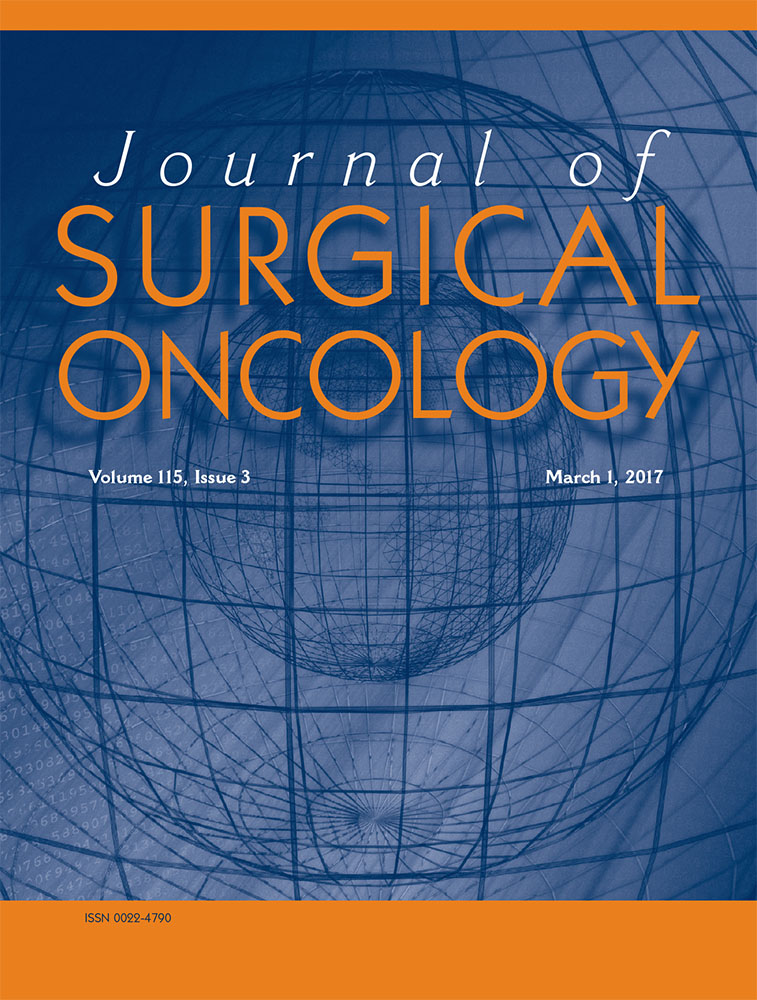Borderline operability in hepatectomy patients is associated with higher rates of failure to rescue after severe complications
Abstract
Background/Objective
To understand the influence of age and comorbidities, this study analyzed the incidence and risk factors for post-hepatectomy morbidity/mortality in patients with “borderline” (BL) operability, defined by the preoperative factors: age ≥75 years, dependent function, lung disease, ascites/varices, myocardial infarction, stroke, steroids, weight loss >10%, and/or sepsis.
Methods
All elective hepatectomies were identified in the 2005–2013 ACS-NSQIP database. Predictors of 30-day morbidity/mortality in BL patients were analyzed.
Results
A 3,574/15,920 (22.4%) patients met BL criteria. Despite non-BL and BL patients undergoing similar magnitude hepatectomies (P > 0.4), BL patients had higher severe complication (SC, 23.3% vs. 15.3%) and mortality rates (3.7% vs. 1.2%, P < 0.001). BL patients with any SC experienced a 14.1% mortality rate (vs. 7.3%, non-BL, P < 0.001). Independent risk factors for SC in BL patients included American Society of Anesthesiologists (ASA) score >3 (odds ratio, OR – 1.29), smoking (OR – 1.41), albumin <3.5 g/dl (OR – 1.36), bilirubin >1 (OR – 2.21), operative time >240 min (OR – 1.58), additional colorectal procedure (OR – 1.78), and concurrent procedure (OR – 1.73, all P < 0.05). Independent predictors of mortality included disseminated cancer (OR – 0.44), albumin <3.5 g/dl (OR – 1.94), thrombocytopenia (OR – 1.95), and extended/right hepatectomy (OR – 2.81, all P < 0.01).
Conclusions
Hepatectomy patients meeting BL criteria have an overall post-hepatectomy mortality rate that is triple that of non-BL patients. With less clinical reserve, BL patients who suffer SC are at greater risk of post-hepatectomy death. J. Surg. Oncol. 2017;115:337–343. © 2016 Wiley Periodicals, Inc.




